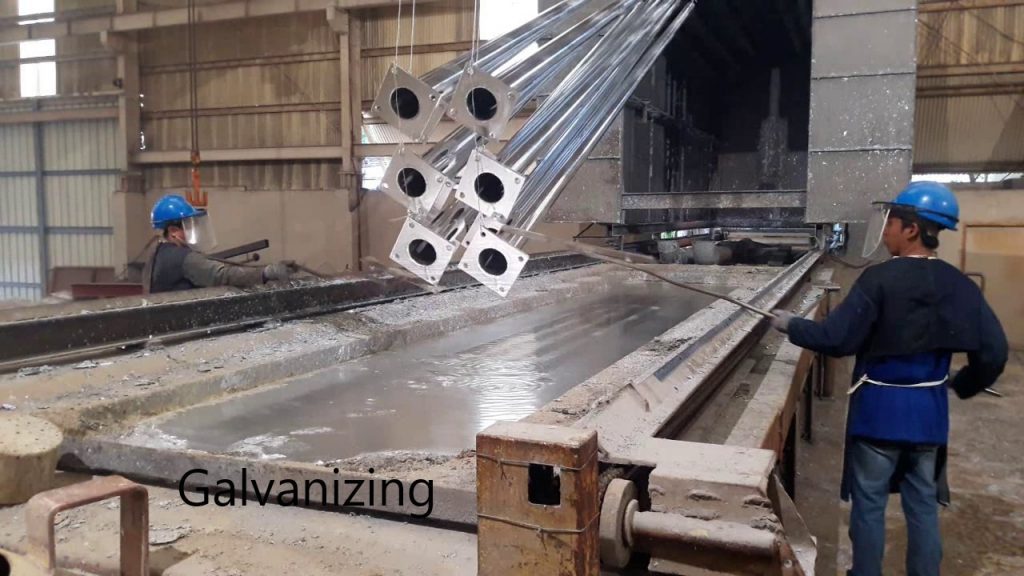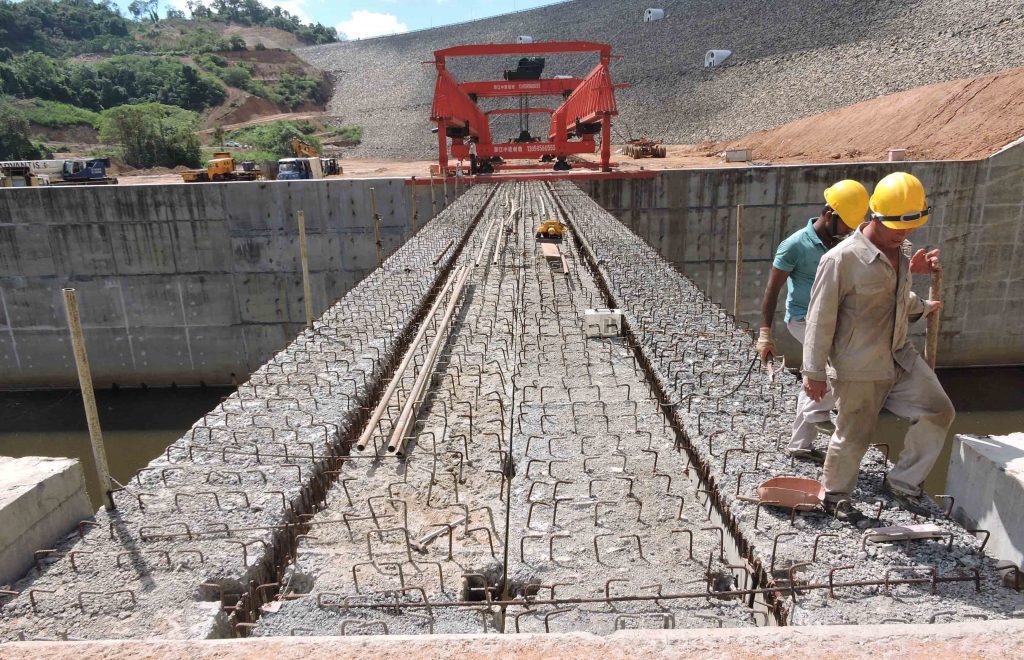Beams that laid at ground floor level are called the ground beams. Ground beam design is done to carry the vertical loads on the beams, loads transferred from the floor slabs and loads applied by columns due to the pile eccentricities. The design of the ground beam as one unit will act as a rigid floor to control the lateral deformations.
Especially in high rise buildings, deeper beams are provided to the application of higher loads and with the increase of the beams spans at lower levels.
Eventually, the ground floor will be a stiff level that has comparatively higher lateral stiffness which cold minimize the lateral deformations of the building.
In addition to the floor loads, ground beams are designed to carry the axial loads of the columns when the pile is eccentric.
When there are single piles to support the columns, it is always advisable to consider the allowable pile eccentricity for designs. Generally, a 75mm allowance is given as construction tolerance for piling contractors. Therefore, it is always advisable to design ground beams for allowable pile eccentricity when single piles support a column.
After the construction of piles, the eccentricity of each pile is checked by comparing the actual coordinates with the design coordinates.
If any pile has exceeded the design limit of eccentricity (75mm) engineers shall be informed and the design of the ground beams shall be modified.
Ground Beam Design for Pile Eccentricities
Effect of the pile eccentricity on the ground beams could be considered only when the column is supported by a single pile, and when there are two piles, if the eccentricity is in the direction of piles, the effect of the pile eccentricity is not required consider as it only increases the pile loads.
Since the piles have a considerable safety margin, it will not affect pile design.
However, the eccentricity is away from the direction of piles, pile eccentricity shall be considered and the beam should be designed for minimum eccentricity.

When there are series of the pile that could be designed for eccentricity, all the possible load combinations shall be considered for the design.
Though the location of the pile will be changing, the design is done fixed pile positioning and varying the column positions by applying the column loads by an eccentricity of 75mm.
The following diagram indicates the consideration of the possible load cases for three piles.

Mainly, there are four cases that can be considered for the analysis. Based on the bending moments due to the eccentricity piles can be designed.
The following figure indicates the bending moment diagram that was considered for the reinforcement design of the ground beam.

The design should be done for the bending moments as discussed and design for shear could be avoided as the eccentric load will be within the pile cap.
Pile cap shall be designed for this eccentricity, and consideration of 75mm eccentricity will not make a considerable change in the reinforcement requirement of the pile cap.
Further, the reinforcement obtained from this analysis and design shall be added to the other reinforcement requirement due to the floor loads and load on the beams.
The design of a double reinforcement beam could be referred from an article in this web and further reading on other beam design categories also available.


